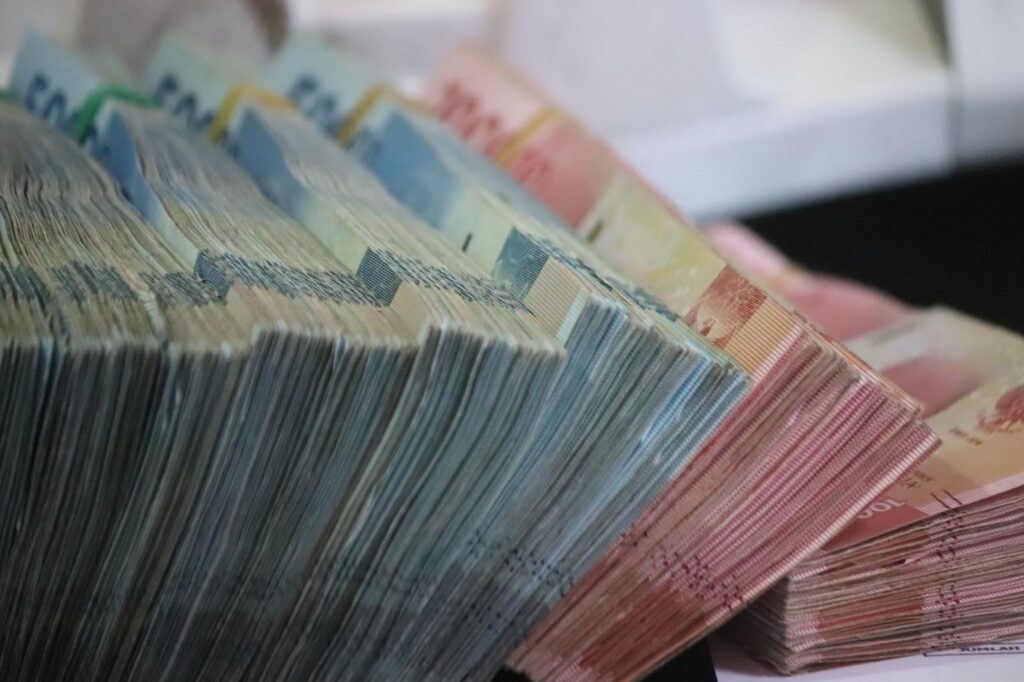The Biggest Devaluations of All Time
There have been several currency devaluations in history that have been so severe the numbers involved are hard to process. While recessions have happened fairly often, unfortunately, these recessions went down in the record books.
While some of these recessions and devaluations have long since passed, there are a couple we are still seeing today. These have destroyed the economy, foreign exchange, and businesses of countries.

https://unsplash.com/photos/LVcjYwuHQlg
Greece
In 1944, Greece saw its economy tank to devastating levels. While the decline began in 1943, October of the following year saw it reach its worst levels, with inflation reaching as high as 13,800% and prices of goods and services doubling every 4.3 days.
The cause of the inflation was due to World War 2, something that destroyed the economies of countries aligned with, or occupied by, the Axis powers. Greece had its trading powers’ strengths eliminated due to a scarcity of resources and no one wanting products from Axis-controlled countries.
Even though their economy was at its lowest, a civil war due to inflation occurred in Greece during World War 2. With the intention of stabilizing the economy, the efforts failed, and the country sank even further before starting to recover again.
Yugoslavia
Yugoslavia’s decline happened in 1994, right around the time the country was dissolved. Inflation rose to an eye-watering 313,000,000%, which is equal to a rise of about 65% a day, and prices doubled every 1.4 days.
During this time, there was a lot of internal conflict within the country, combined with dozens of local economic declines and government mismanagement; it was a recipe for disaster. Considering the region had been destabilized since the 70s, many experts were surprised this level of inflation took so long to occur.
Due to the severe inflation, the government at the time tried to set and control prices but failed dismally. Stores were forced to close, and instead of solving their supply and demand problems, the government chose to import foreign goods. This choice led to many more years of financial struggle, but luckily not as bad as they had seen in 1994.

https://unsplash.com/photos/mQTTDA_kY_8
Germany
Germany’s financial decline was brought about almost solely due to war. While many seem to believe that paying war reparations for WW1 was the cause of their problems, their decline actually began nearly a decade earlier.
In 1914, Germany was almost wholly focused on war efforts at the time. Instead of raising taxes, the government borrowed money, burying the country in debt. When reparations needed to be paid, the Treaty of Versailles demanded Germany pay in gold or the foreign currency equivalent; this meant they couldn’t inflate their way out of trouble.
October 1923 saw the absolute worst of the recession, with inflation reaching 29,500% and prices doubling every 3.7 days. Once Germany inevitably defaulted on its payments, the economy collapsed and this was eventually the catalyst that began the rise of Adolf Hitler.
Hungary
The worst case of extreme hyperinflation occurred in Hungary in 1946. By the middle of the year, inflation was at 13,600,000,000,000,000%, and prices were doubling every 15.6 hours, almost twice a day.
World War 1 put Hungary in one of the weakest positions in its history with the fall of the Austro-Hungarian Empire. The country sank into a recession and had barely recovered when WW2 broke out.
The government overprinted money, and eventually, coins began disappearing due to their component metals being more valuable than the coins themselves. The pengo, the Hungarian currency at the time, became so valueless that after WW2, the government introduced a new currency that had a direct conversion to foreign currencies, and the recovery began.

https://unsplash.com/photos/aGwT9nSiTWU
Zimbabwe
One of the most recent cases of hyperinflation that is still in full swing today is that of Zimbabwe. The peak of their inflation was 79,600,000,000%, with prices doubling almost every day at 24.7 hours.
In 2008, the government had printed a 200 million Zim Dollar bill and capped cash withdrawals at $500,000, which was equal to about US$0.25. The most egregious example of how bad the inflation was, was when a loaf of bread went from $2 million to $35 million in less than 24 hours.
Robert Mugabe was responsible for the decline due to severe corruption, a failed land redistribution program, not being able to pay back IMF loans, and overprinting money to the point where the country ran out of paper. Mass mismanagement has now sunk the country into the depths, and while it isn’t as bad as it was in 2008, Zimbabwe has been on the brink of collapse ever since.

